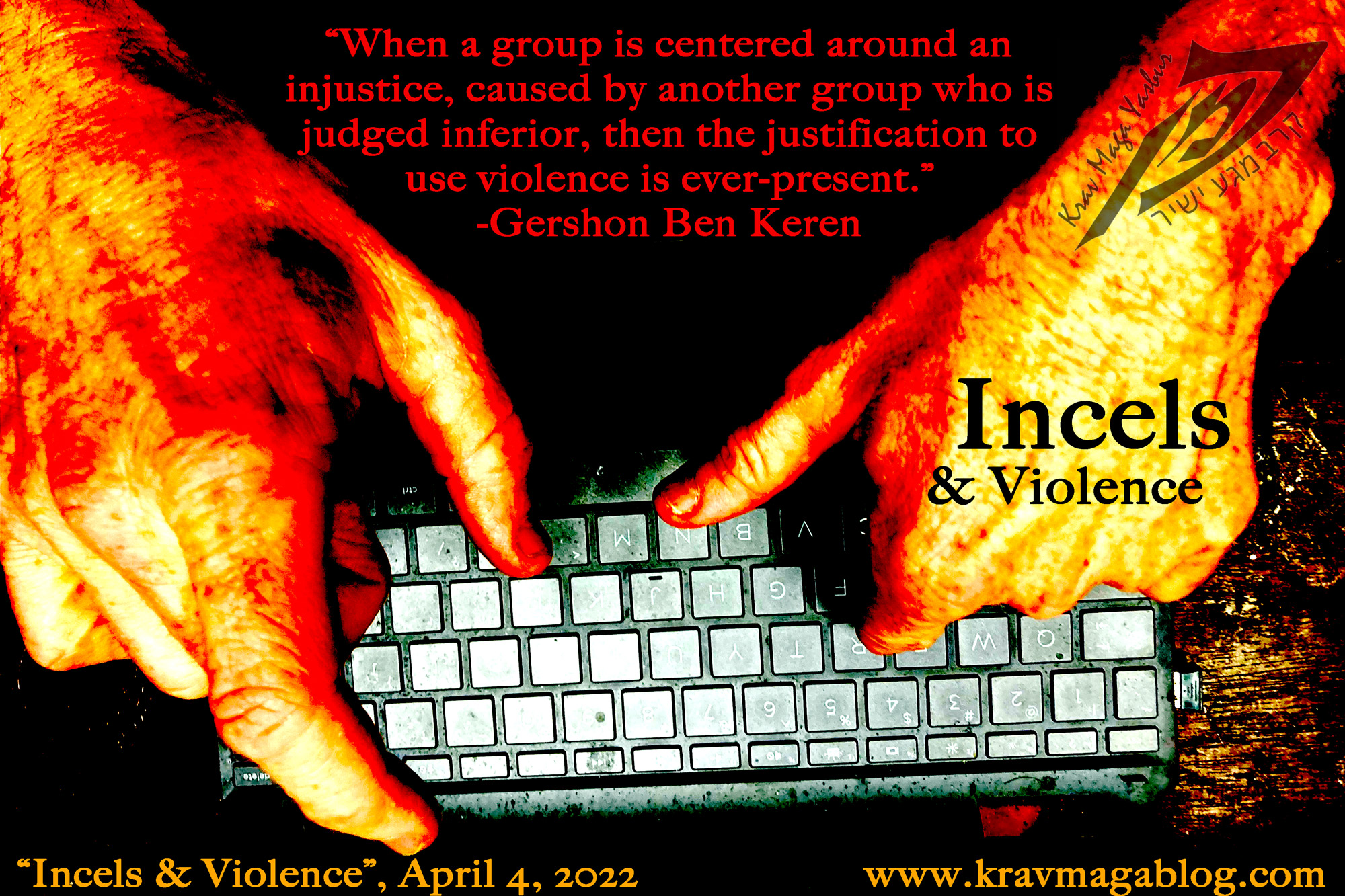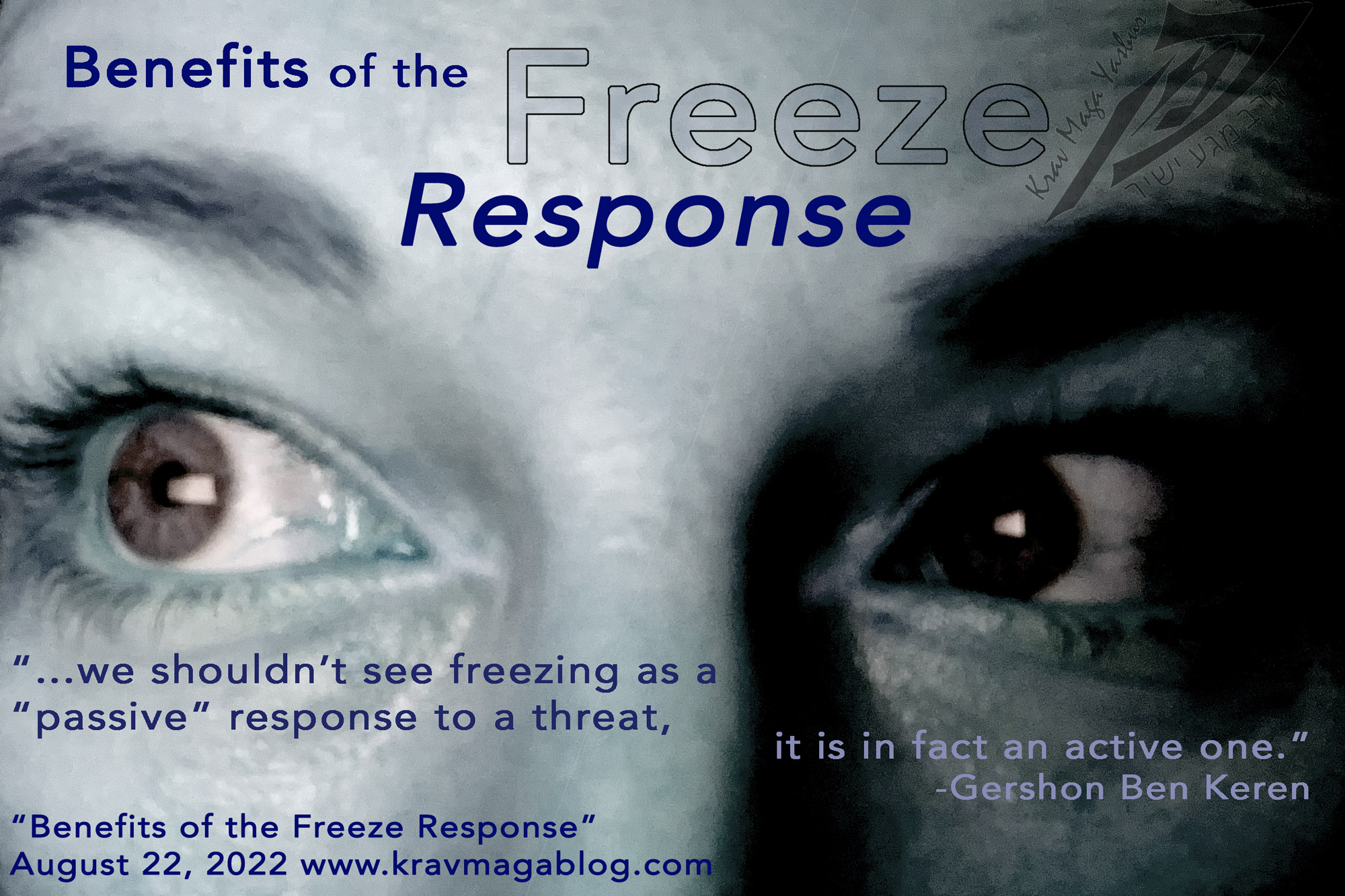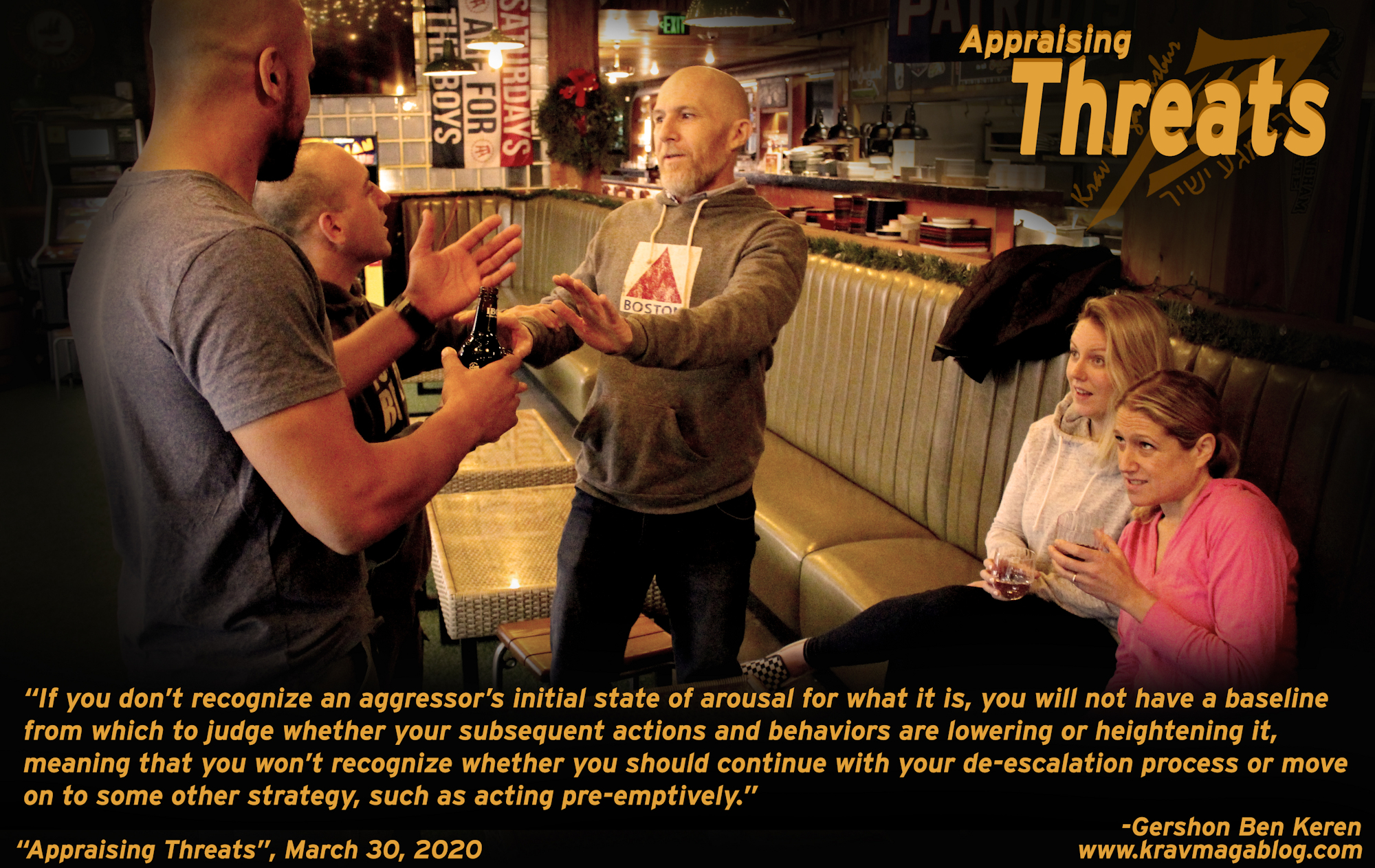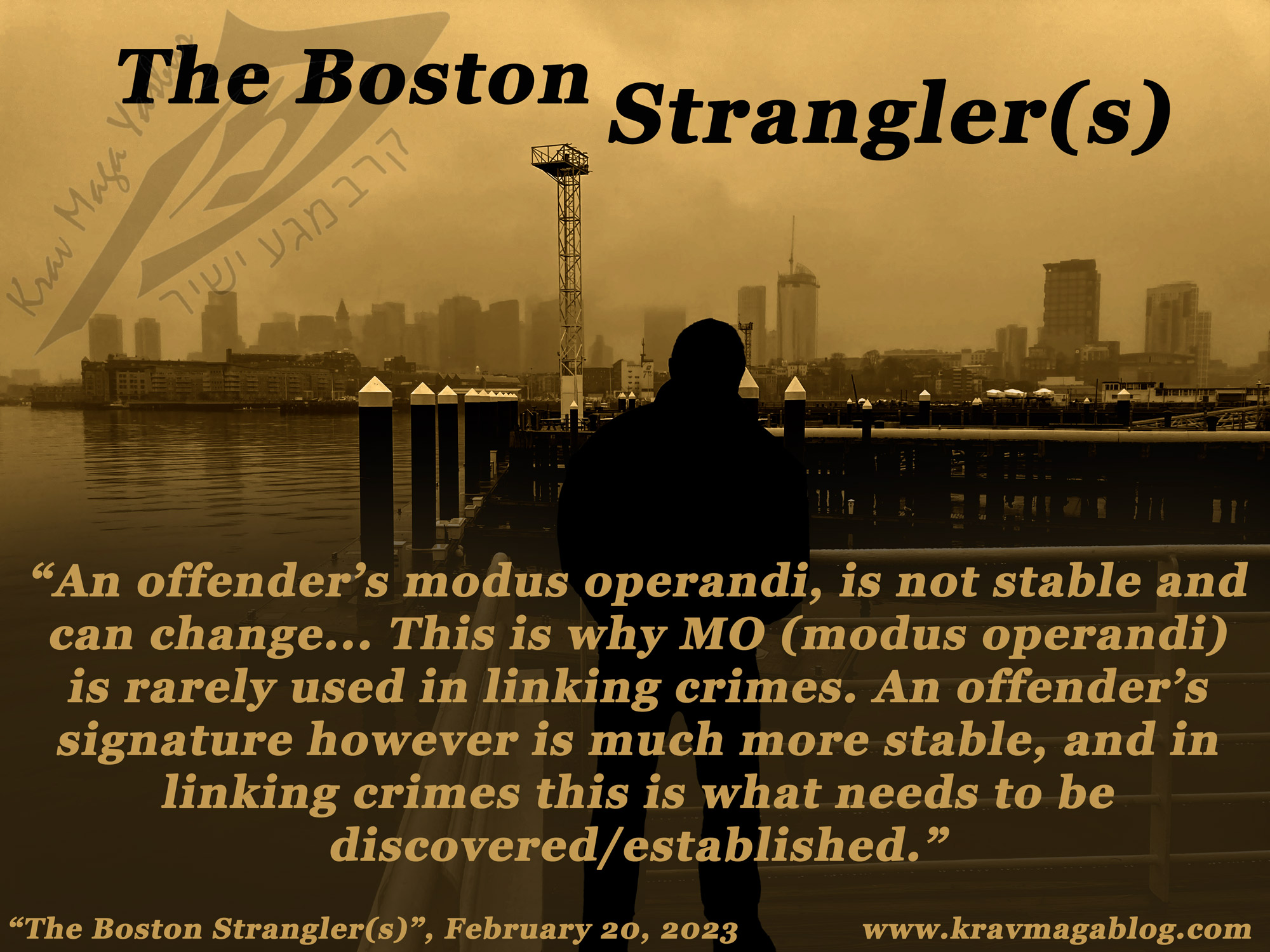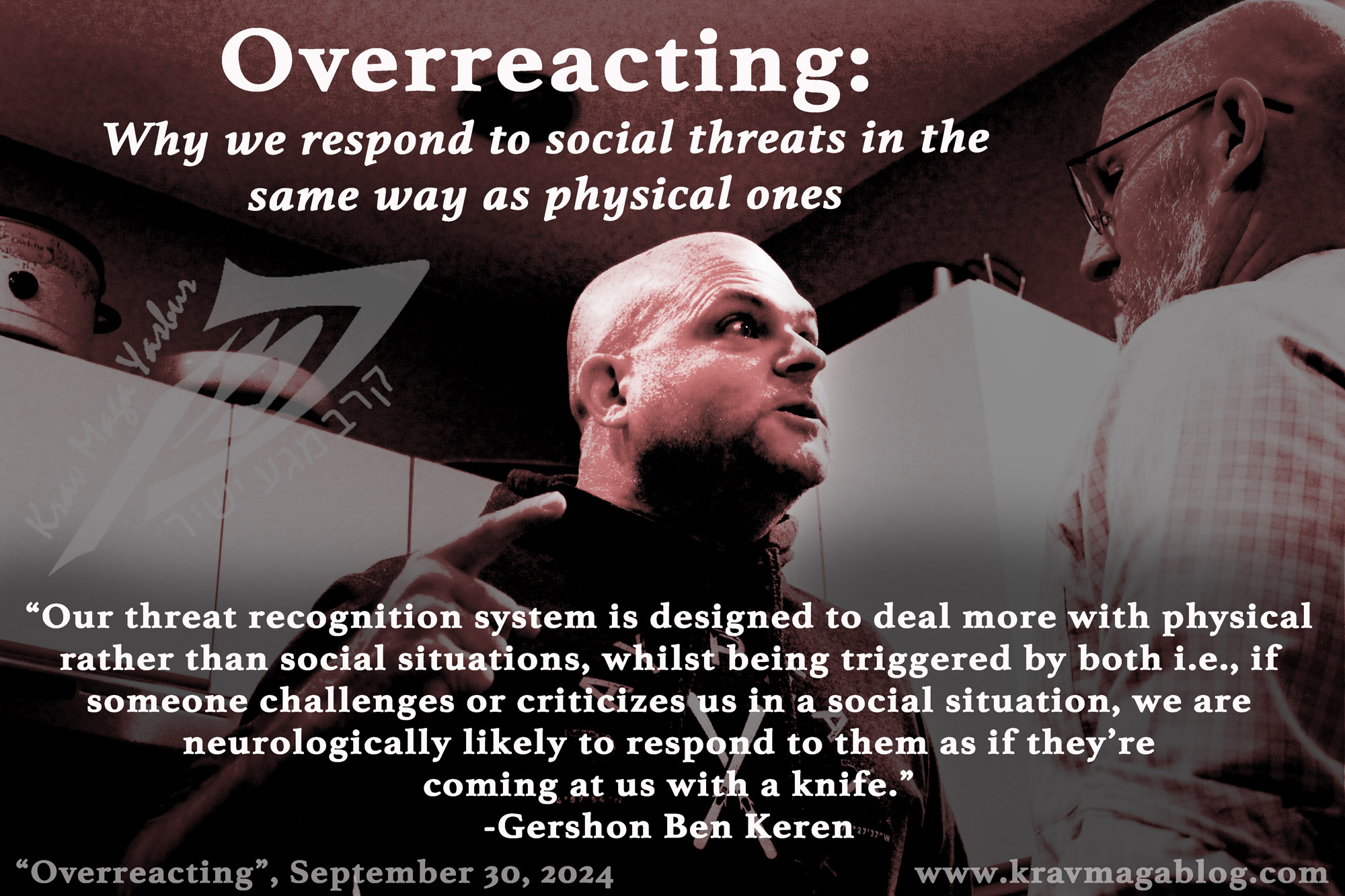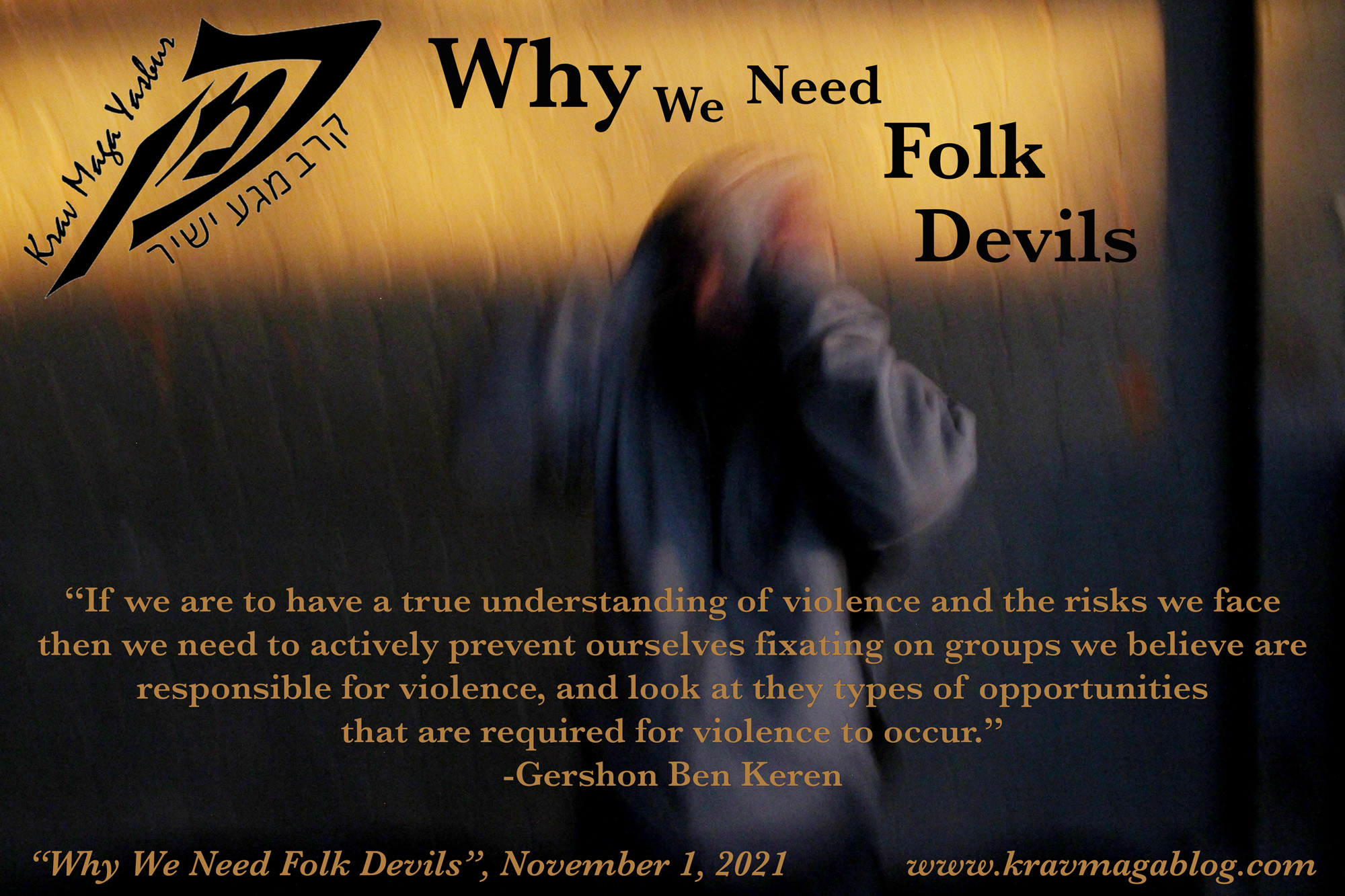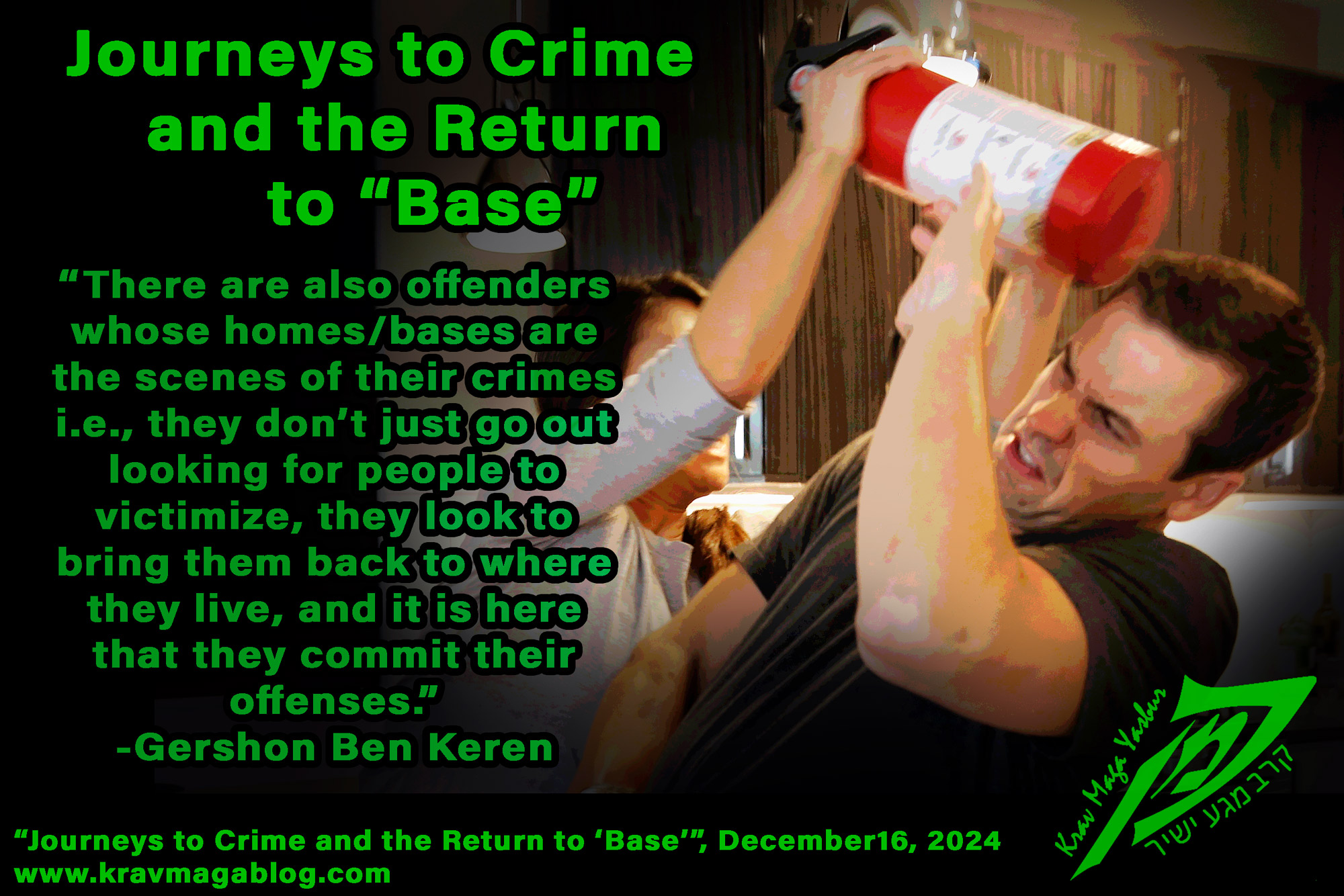Why We Need Folk Devils, is an article written by Gershon Ben Keren, a 5th Degree Black Belt in Krav Maga, who teaches Krav Maga in Boston, MA. He has also authored three Amazon best-Selling Books on Krav Maga.
Often when I am presenting solutions to violence at corporate events, someone will come up to me afterwards and ask me why I didn’t mention or talk more about the dangers that a particular a group posed e.g., why didn’t I talk about the mentally ill, the homeless, street gangs etc. The underlying question being, why didn’t I focus on the real reasons and causes of violence. There are many reasons why an individual might genuinely believe that the homeless population – for example - are the biggest danger to their safety; it may be that they had a bad experience with an aggressive panhandler, and then had the media reinforce their experience by reporting on homeless issues in their neighborhood etc. From their experience(s) and media inspired perspective it is easy to see how they would view criminality (the belief that certain individuals and subsets are responsible for crime) to be the reason for crime and violence, as opposed to opportunity e.g., they were a suitable target, who happened to share the same place and time, as a motivated offender etc. I have written about the phenomena of “folk devils” and “moral panics” before (click here to read the article) however in this article I want to look more at the psychology behind our need/desire to attribute crime and violence to certain groups, and why we are wrong to do so. If we want to be successful in identifying, predicting, and avoiding violen ce we must be sure that we aren’t focusing our attention on the wrong people/groups, and finding that our decision-making processes are being unduly weighted and biased based on incorrect assumptions.
The human mind is an incredible creation. The way the brain forms the mind is something that I marvel at consistently i.e., how the various physical areas/aspects of the brain, combine, and interact with our experiences both within and outside of the womb, to form our mind that is able to think, evaluate information, and make decisions. The same “identical”, “physical” brain is capable of creating a multitude of very different minds. However, interestingly, we all share some common “flaws”. The mind abhors a vacuum, it is constantly searching for information to fill in the gaps of our knowledge. It wants our understanding of the world to be perfect, with everything fitting together in a neat and ordered way. This can cause it to over emphasize the importance of certain facts, and even create “new” ones in order for us to be able to join up the dots. It’s one of the reasons – that however confident they may seem or be – witnesses’ recollections of events can be extremely unreliable e.g., events, that didn’t happen, can be created by the mind to join up other events that did, in order to make sense of the totality of the memory. Assigning responsibility for violence to a group such as the mentally ill, is a simple way for us to make sense of violence i.e., violence is the result/product of mental illness. Any uncertainty or gaps we may have had before about the causes of violence are now filled. Yes, we may be able to recognize that there are acts of violence due to out-of-control emotions, such as bar-fights etc., but at the root they may be a result of minor, underlying, mental issues. Our mind will latch onto these simplistic explanations because they give us a complete understanding of something. It is somewhat comforting and reassuring to understand something completely and have an explanation that covers everything – just like a conspiracy theory. It also gives us a very simple safety strategy, that is unrealistic but makes us feel safe, such as to avoid gangs of young men in hoodies, avoid the “obvious” homeless people etc. Every time we do one of those things, and nothing happens to us, we both consciously and subconsciously, congratulate ourselves that we got it right – forgetting that unless we were to interact not just with a potential offender, but an offender who was motivated to offend/become violent in that moment, we were never in danger.
Once we have adopted a particular viewpoint, we will tend to want to confirm it. There is a stance in psychology, that most of our opinions and perspectives become defined in/by adolescence, and that the rest of our minds’ development is about confirming these things i.e., as we become older our mind is less susceptible to change and more inclined to reinforce existing ways of thinking. This doesn’t mean that changes in perspective don’t occur but rather that we are more inclined and likely to reinforce an idea, when presented with new information, than we are to change it. This phenomenon can be seen constantly on social media where people holding a minority viewpoint will latch on to piece of research that might suggest the position the majority takes isn’t completely conclusive and may have certain flaws or inaccuracies etc. I have sometimes been met with inaccurate presentations of statistics concerning violence that individuals have used to reinforce their perspectives. One of these concerns the mentally ill e.g., the statistics show that the mentally ill are more likely to act violently, than people with no mental illness. The truth is, that individuals suffering with a mental illness – as a diverse, and complete group – are no more likely to act violently, compared with individuals without a diagnosed mental illness etc. However, there are certain specific mental illnesses, where those who suffer are more likely to act violently, but by comparison there are also specific bars and pubs where you are more likely to be assaulted, if you go drinking in them compared to others. I know this is comparing apples with oranges, but the point is just as not all drinking establishments are the same, not all mental illnesses are the same.
It is easy, and we are inclined to do it, to search for simple explanations that take aim to make sense of the world around us, and with a 24-hour news cycle bombarding us with whatever current wave of information that the news agencies want to promote, we can easily become susceptible to having our existing ideas reinforced, with what is ostensibly a small sliver of the actual truth and big picture. If we are to have a true understanding of violence and the risks we face then we need to actively prevent ourselves fixating on groups we believe are responsible for violence, and look at they types of opportunities that are required for violence to occur.
0 COMMENTS